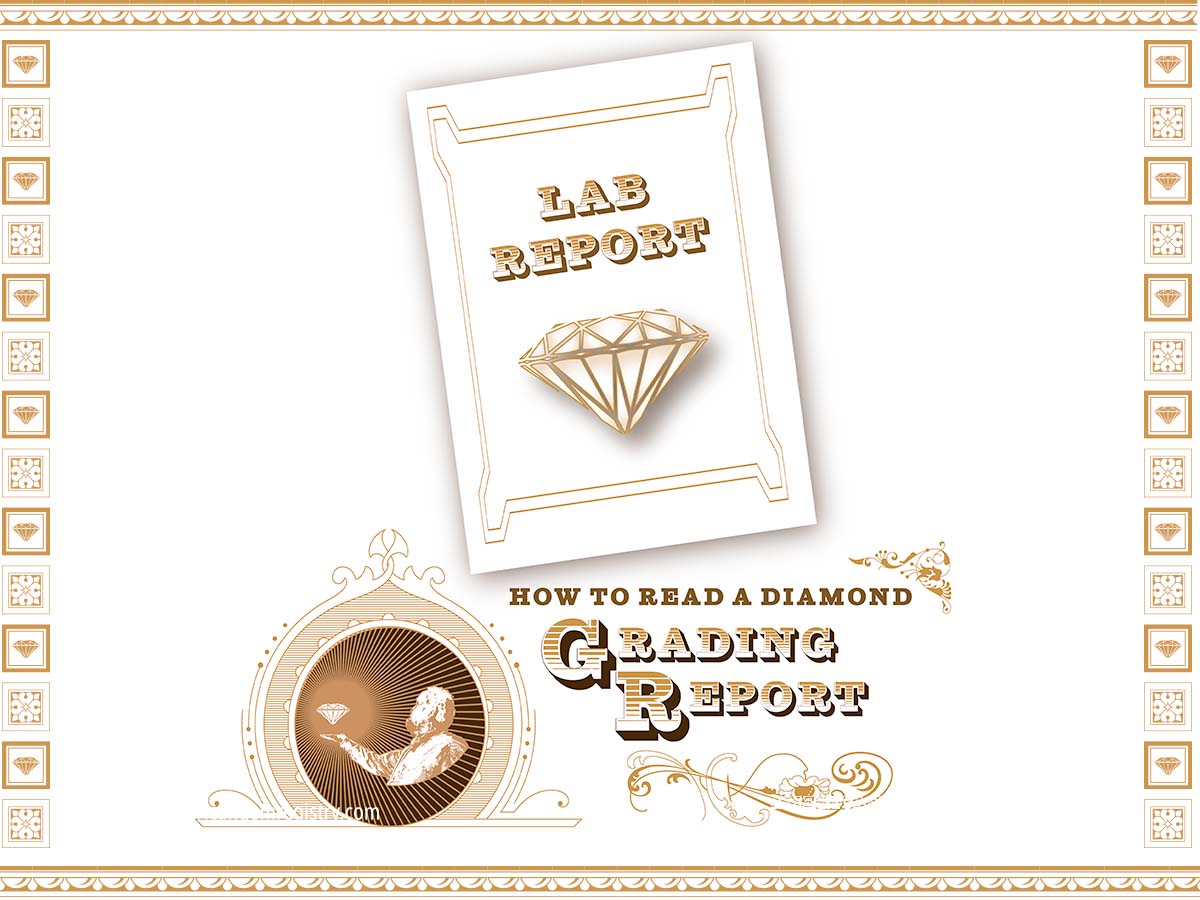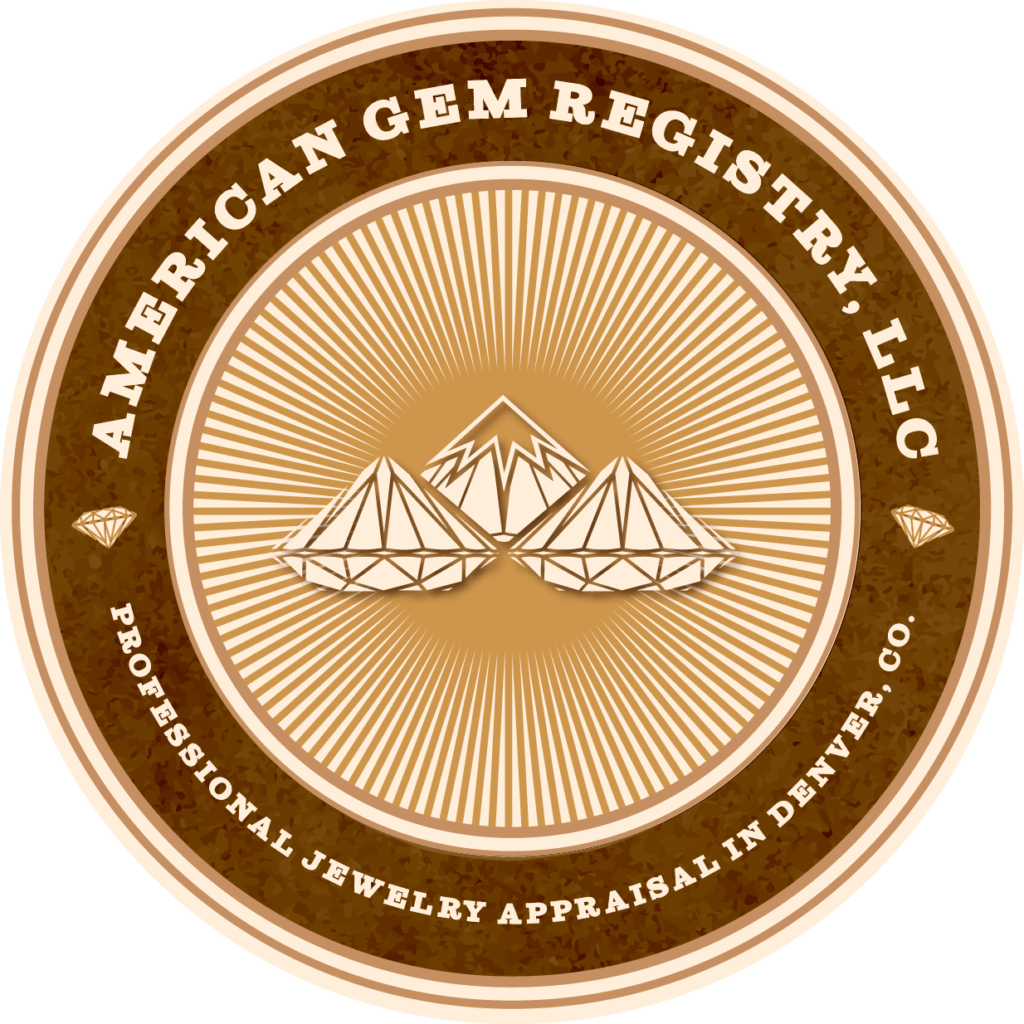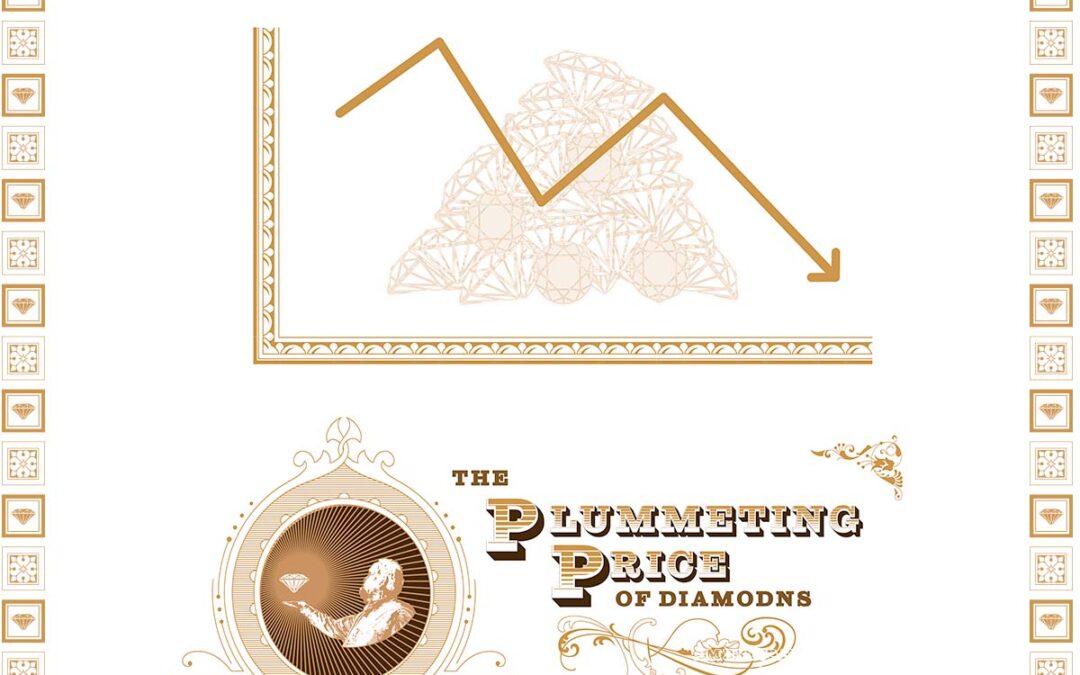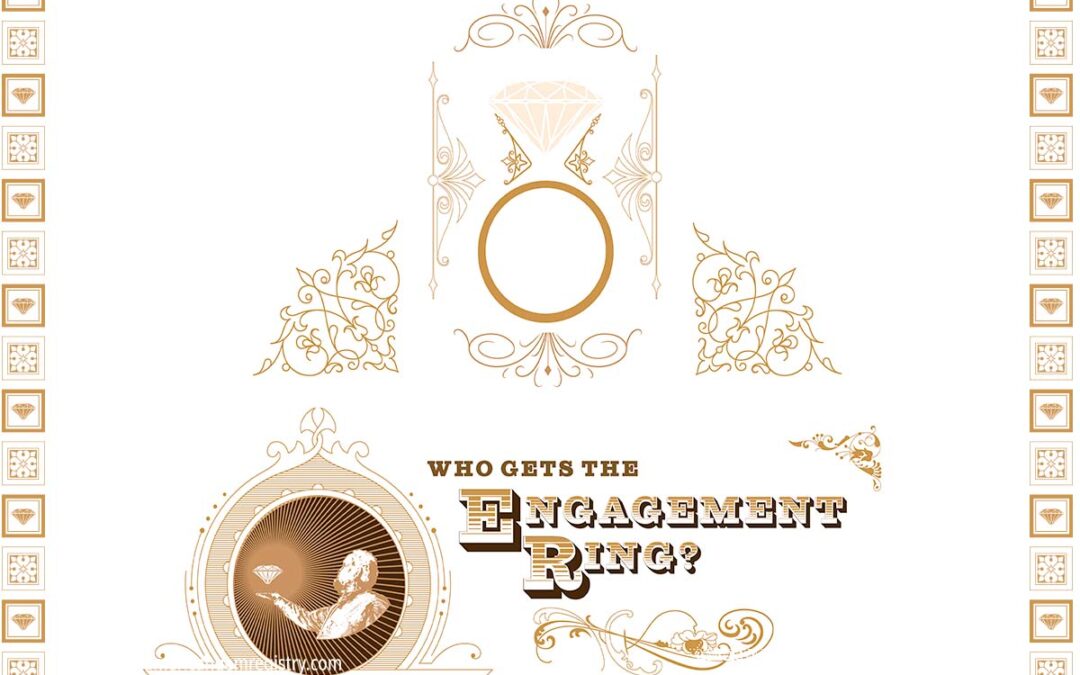Diamond and gemstone grading reports, or certificates, have become standard faire in the jewelry industry. This is an article about how to read the GIA Grading Report.
Summary
- When anyone is talking about a diamond grading report, or lab report, they mean one obtainable from the Gemological Institute of American (GIA) a short list of competitors.
- Whether you are trying to buy or sell, be absolutely certain you have one.
- Most buyers are interested in “current” lab reports from the last two years.
The Gemological Institute of America Sets the Standard
There are other Grading Reports out there, but when a gemologist, or a jeweler, or anyone really talking about diamonds they usually mean the Grading Report obtainable through the Gemological Institute of America. Alternatives are available from IGI and GCAL. Whether you are talking about Natural or Lab-Grown Diamonds, before you buy or try to sell, be certain you have a grading report. (Similarly, if you are trying to sell, get a Grading Report and an Independent Appraisal to make the process run smoother.)
A Sample Grading Report for a Natural Diamond

- The “Lab” or Lab Report. Not all labs are the same. This one is from GIA, the Gemological Institute of America, and is for a Natural Diamond. These differences are important. Most people mean this grading report when asking for one. It is also important to note that there are grading reports for lab-grown diamonds as well as well as competitive labs like IGI and GCAL. For purposes of this article I’m going to be discussing GIA formatting. These competitive labs are similar but with their own differences.
- Date. The date matters, even though it’s not a gemological property. If the report is from too long ago, there are concerns about possible damage that may have occurred since the inspection. Most shoppers are looking for a date within a year or two. It’s also worth noting that the information presented has changed over time. Older reports are a bit different. For example they don’t have a cut grade on reports issued before 2006.
- Report number. Every report issued by the GIA lab has a unique identifying number. They have an attached record that’s keyed to that number. For most stones inspected since 2010, you can look it up in their online database at www.gia.edu. For older stones they may be able to tell you more if you call them. 800-421-7250
- Shape. Round, marquise, pear, etc. There are dozens of choices here. They also include modifiers like, “Modified round brilliant”. “Shape” is related to the 4cs of diamonds, though it is distinct from “Cut.”
- Dimensions in Millimeters. Length x Width x Depth.
- Weight in Carats. A carat is 200 milligrams and this is rounded to two decimal places, this is one of the 4cs of diamonds. In the lab, they use scales that are significantly more accurate than this but they round it off for purposes of the reports.
- Color Grade. This refers to the 17-step GIA D-Z color grading scale as well as the grades they call ‘fancy’, the name they have for colored diamonds. Fancy grades will have a saturation grade as well as hue and possibly a modifier. This is one of the 4cs of Diamonds.
- Clarity Grade. The 11-step clarity grading scale, from Flawless to I3. This is one of the 4cs of Diamonds.
- Cut Grade. GIA currently only supplies a cut grade on Modern Round Brilliant cut diamonds. All others will eliminate this line entirely. This is one of the 4cs of Diamonds. If you’re interested in Cut Grading for a diamond with a different shape, see an independent appraiser or one of the other labs, like IGI, that offer a cut grade on other shapes. It’s tricky because they all use systems that are unique to them and there is far from agreement on what makes the most ‘ideal’ cut.
- Polish. Excellent, Very Good, Good, Fair, Poor.
- Symmetry. Excellent, Very Good, Good, Fair, Poor. Geometric symmetry.
- Fluorescence. None, Faint, Medium, Strong, Very Strong along with a color modifier. This is the stone’s reaction to ultraviolet light.
- Inscription. Some but not all diamonds will have an inscription on the girdle. If present, it will be quoted here. If not it will list ‘none’. There may be inscriptions on the stone that were added AFTER the lab inspection.
- Comments: These are notes that the grader though might be important. Laser drill holes, treatments, and special phenomena like phosphorescence, are examples. This is also where you’ll see grading characteristics like ‘cloud not shown’ that don’t appear in the diagram.
- Proportion diagram. Some of these are averages, like crown and pavilion angles while some, like the culet, have a word description. Not all GIA report formats include this.
- Plotting diagram. This will be a map from both the top and back view to locate the clarity characteristics that were used to set the grade or that may be useful in identifying the stone.
- Key to Symbols. This is a list of what led to the clarity conclusion in item #8 above and the diagram in #15 above. They appear in order of what the grader thought was important. A list of the available symbols and therefore what they didn’t see, or at least didn’t use, is here.
- Scales. This is a list of the clarity, color, and cut scales according to the 4cs of Diamonds.
- QR Code. This will link to the GIA record for that particular stone.



Do You Need A Jewelry Appraisal in Denver, Colorado?
The American Gem Registry provides a variety of jewelry appraisal services in Denver, Colorado:
- Gem and Jewelry Appraisals
- Estate Evaluations
- Expert Witness
- Pre-Custom Consultation
- Re-Cut Consultation
- Damage Consultation
- Restoration Evaluation
- Fair-Market Value Appraisals
- Insurance Appraisals
If you have any questions, please call during my normal business hours at the number below. Or, you can schedule your Jewelry Appraisal Appointment online today!








